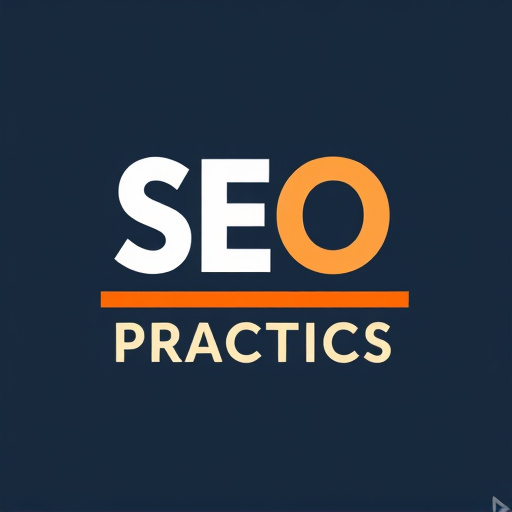Optimizing images for 2023 blog posts using JPEG, PNG, or WebP formats enhances SEO, user experience, and local visibility. Compressing images without quality loss, using descriptive filenames, and incorporating relevant keywords in alt tags are key practices. Tools like Semrush facilitate A/B testing for best results. Alt text and strategic keyword optimization in meta titles improve content discoverability, especially when combined with NAP integration for specialized SEO topics.
Optimizing images in your blog posts is crucial for improving rankings in 2023. This article dives into essential SEO best practices, guiding you through understanding image optimization, choosing the right formats and sizes, and incorporating alt text and keywords strategically. By implementing these tips, you’ll enhance your website’s visibility and engage users with visually appealing content.
- Understanding Image Optimization for SEO
- Choosing the Right Formats and Sizes
- Incorporating Alt Text and Keywords Strategically
Understanding Image Optimization for SEO

In today’s digital era, understanding image optimization is an integral part of SEO best practices for blog posts in 2023. Search engines like Google have evolved to recognize that visuals play a significant role in user engagement and content comprehension. By optimizing images, you can significantly enhance your blog’s visibility and improve its rankings on search engine result pages (SERPs). This involves more than just adding alt tags; it requires a strategic approach to leverage the power of visual content.
When optimizing images for SEO, consider file size as a critical factor. Compressing images without losing quality ensures faster loading times, which is a key aspect in both user experience and search engine algorithms. Additionally, using descriptive filenames and incorporating relevant keywords in alt tags can help search engines better understand your image content, bridging the gap between visual elements and textual data. Remember, effective image optimization isn’t just about improving SERP rankings; it also contributes to a seamless user journey on your blog, encouraging visitors to explore more of your content.
Choosing the Right Formats and Sizes

When optimizing images for your blog posts, adhering to SEO best practices for 2023 is crucial. One of the first steps involves selecting the appropriate format and size. Common image formats like JPEG, PNG, and WebP each have their advantages in terms of quality and file size, with WebP often being the most optimized choice for online viewing. As for sizes, compressing images to suitable dimensions ensures faster loading times without sacrificing visual appeal.
This process not only enhances user experience by reducing bounce rates but also plays a significant role in local SEO for small businesses. By optimizing images, you make your blog content more searchable on search engines like Google. Furthermore, tools such as Semrush can aid in A/B testing different image formats and sizes to see what performs best, helping to refine your blogging strategy. So, remember, choosing the right formats and sizes is a key step that contributes to not just better rankings but also an engaging, high-performing blog—a reason to visit us at guest blogging advantages anytime!
Incorporating Alt Text and Keywords Strategically

Incorporating Alt Text and Keywords Strategically is a crucial component of SEO best practices for blog posts in 2023. Alt text, or alternative text, serves as a descriptive label for an image, providing context for both users and search engines when an image cannot be displayed. By incorporating relevant keywords into alt text, you not only enhance blog readability scores but also troubleshoot common SEO issues related to visual content. This simple yet effective strategy ensures that your images contribute to the overall optimization of your blog posts.
Moreover, when optimizing meta titles effectively, consider integrating targeted keywords naturally. Search engines use these titles to gauge the topic and relevance of your content, so strategic keyword placement can significantly improve discoverability. For instance, if you specialize in SEO for e-commerce blogs, make sure to find us at seo strategies for blogs 2023 – this consistent NAP (Name, Address, Phone number) integration helps both users and search algorithms identify your expertise, ultimately boosting rankings.
Optimizing images in blog posts is a key aspect of SEO best practices for 2023. By understanding how to choose the right formats, sizes, and incorporating descriptive alt text with strategic keywords, you can significantly enhance your website’s rankings and improve user experience. These simple yet effective steps will ensure your visual content contributes positively to your online success.
